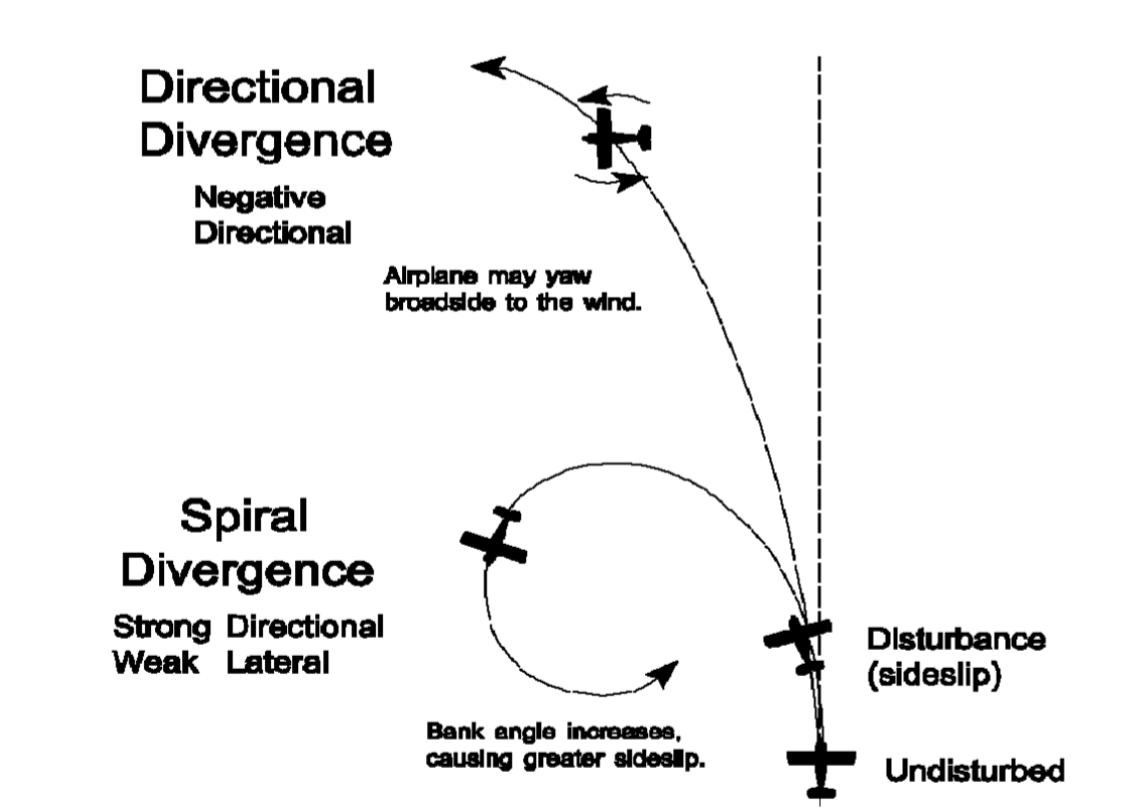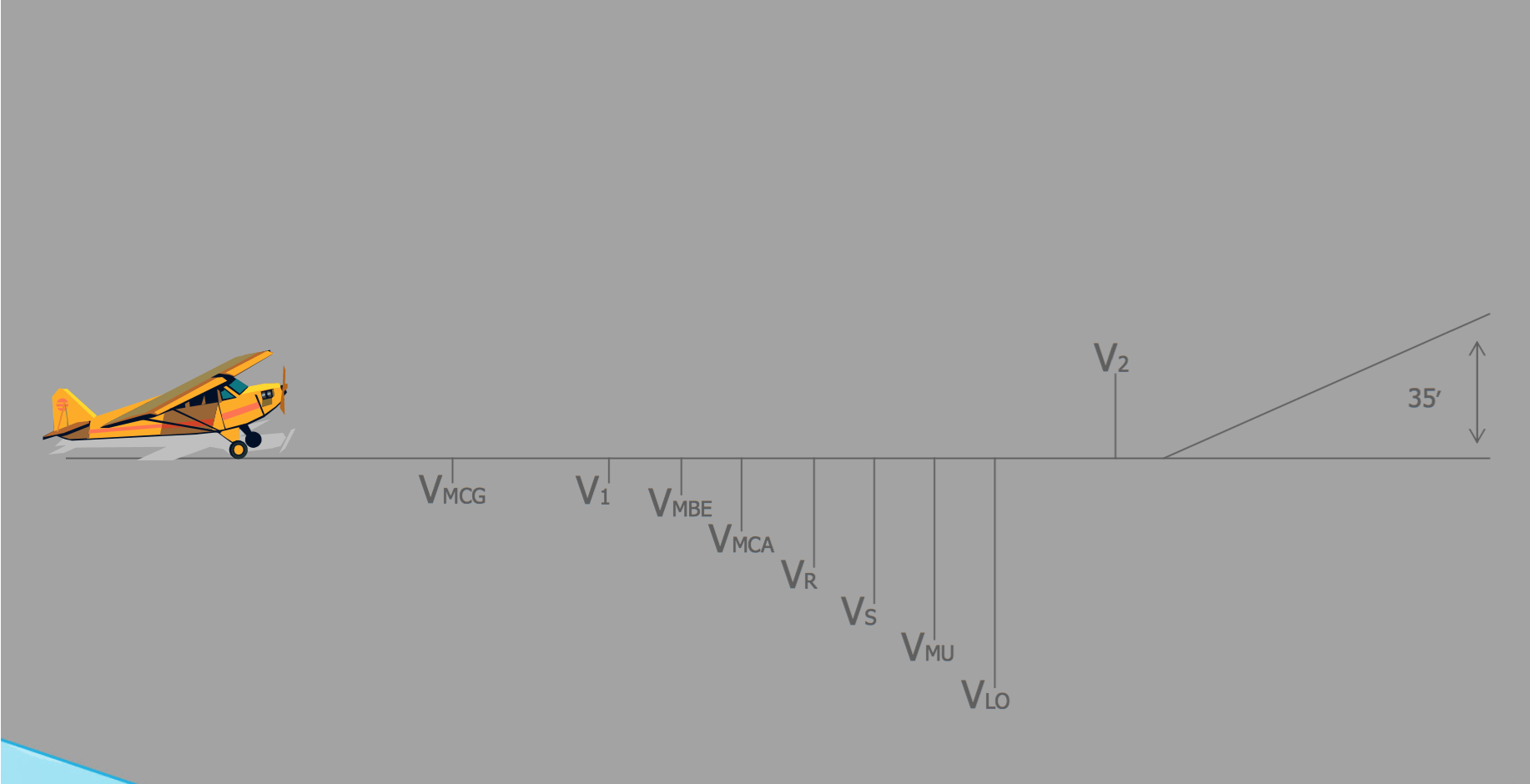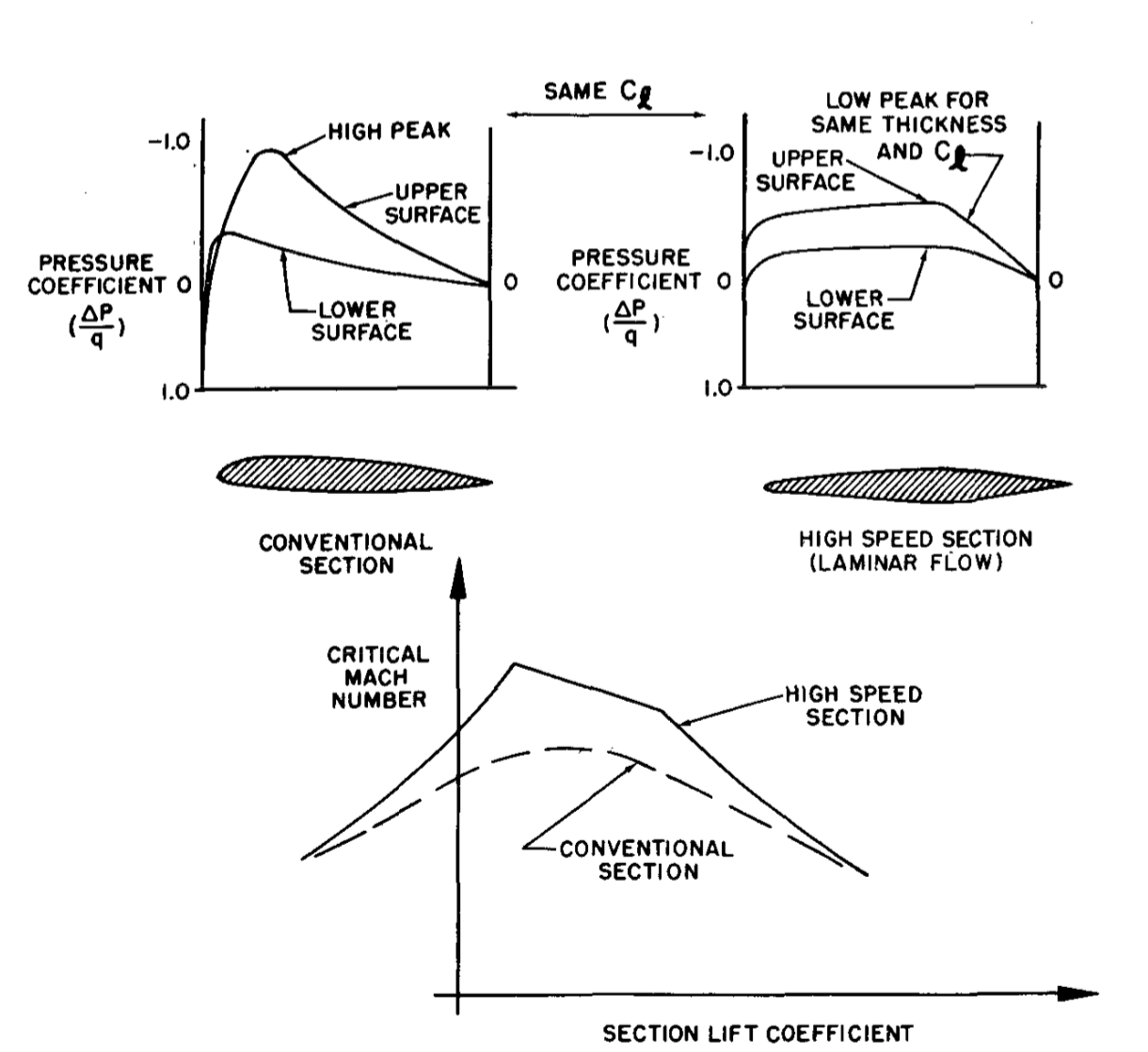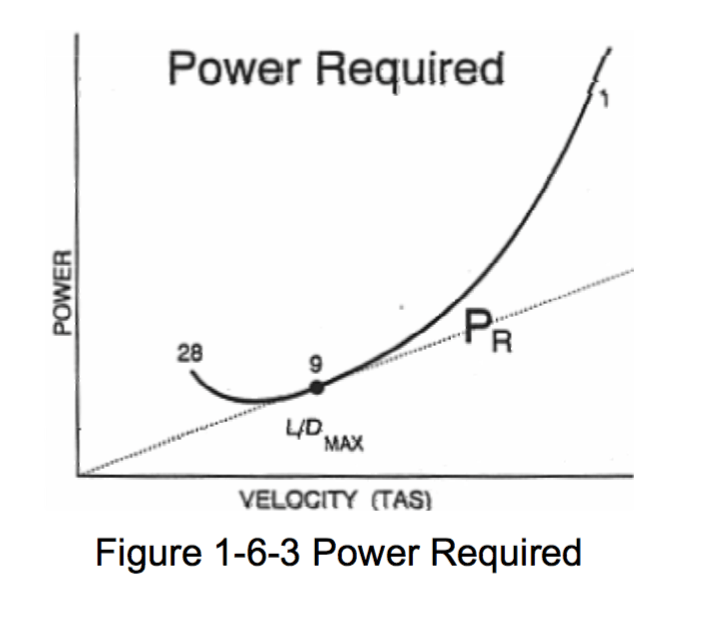
Topic of the day: Aerodynamics/Equilibrium
admin@readysettakeoff.com

Related Articles
-
Boundary Layer Control Devices
Jet Brain, , Aerodynamics, 0
You are unauthorized to view this page. Please login your credentials Username Password Remember Me Forgot Password
-
Dynamic Stability
Jet Brain, , Aerodynamics, 0
You are unauthorized to view this page. Please login your credentials
-
Takeoff Performance
Jet Brain, , Aerodynamics, 0
You are unauthorized to view this page. Please login your credentials
-
Basic Aircraft Review
Jet Brain, , Aerodynamics, 0
You are unauthorized to view this page. Please login your credentials
-
Critical Mach and Airfoil Design
Jet Brain, , Aerodynamics, 0
You are unauthorized to view this page. Please login your credentials
-
Wing Dihedral
Jet Brain, , Aerodynamics, 0
You are unauthorized to view this page. Please login your credentials
-
Thrust Required
Jet Brain, , Aerodynamics, 0
You are unauthorized to view this page. Please login your credentials
-
Regions of Command
Jet Brain, , Aerodynamics, 0
You are unauthorized to view this page. Please login your credentials








